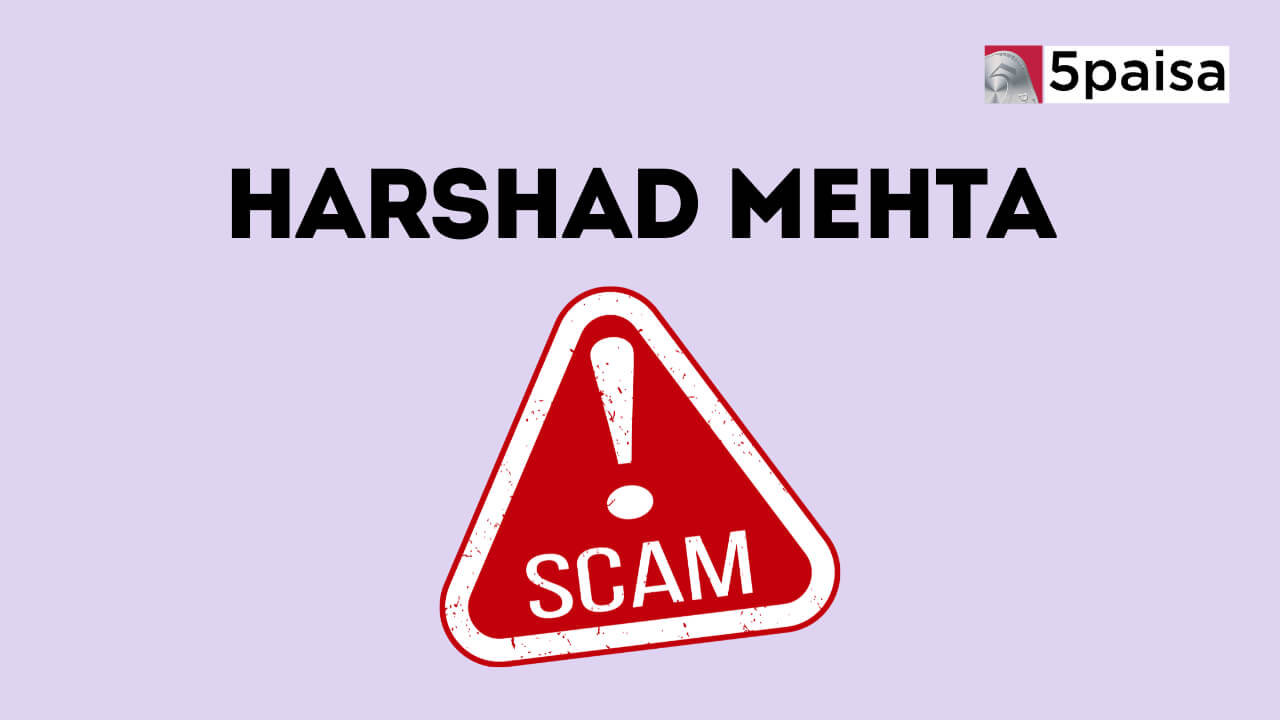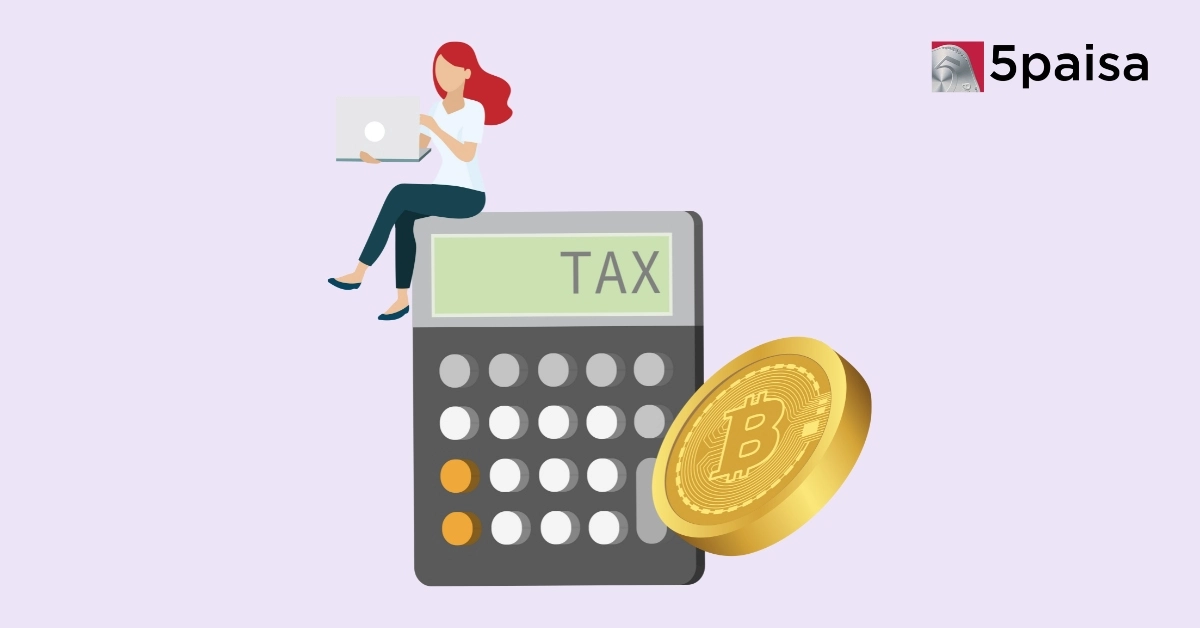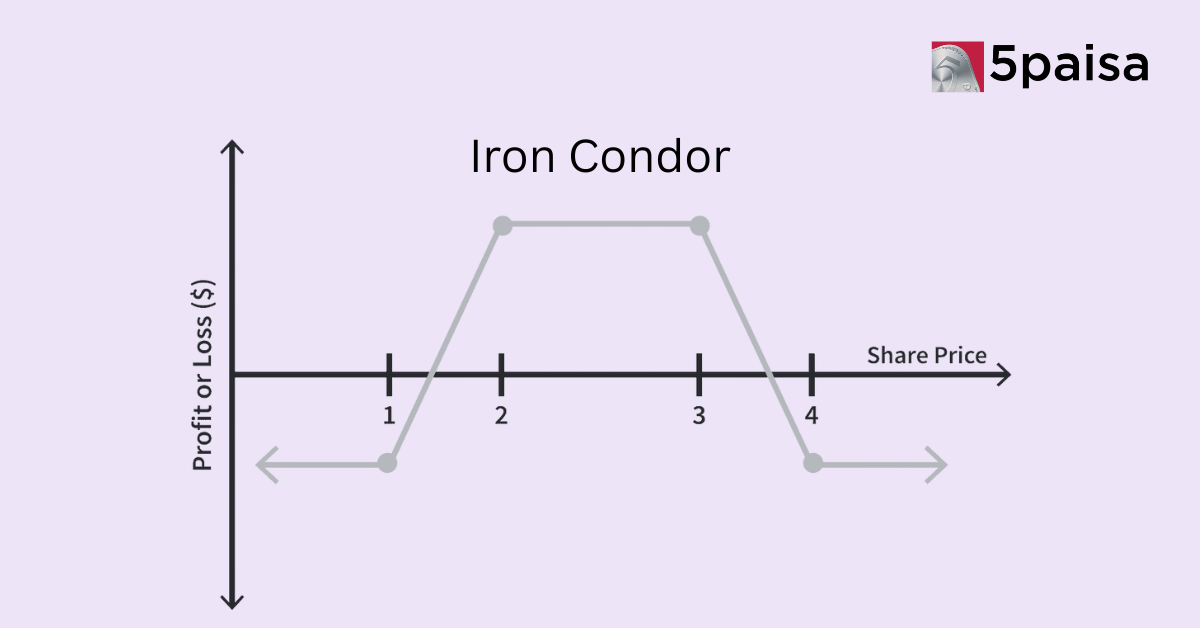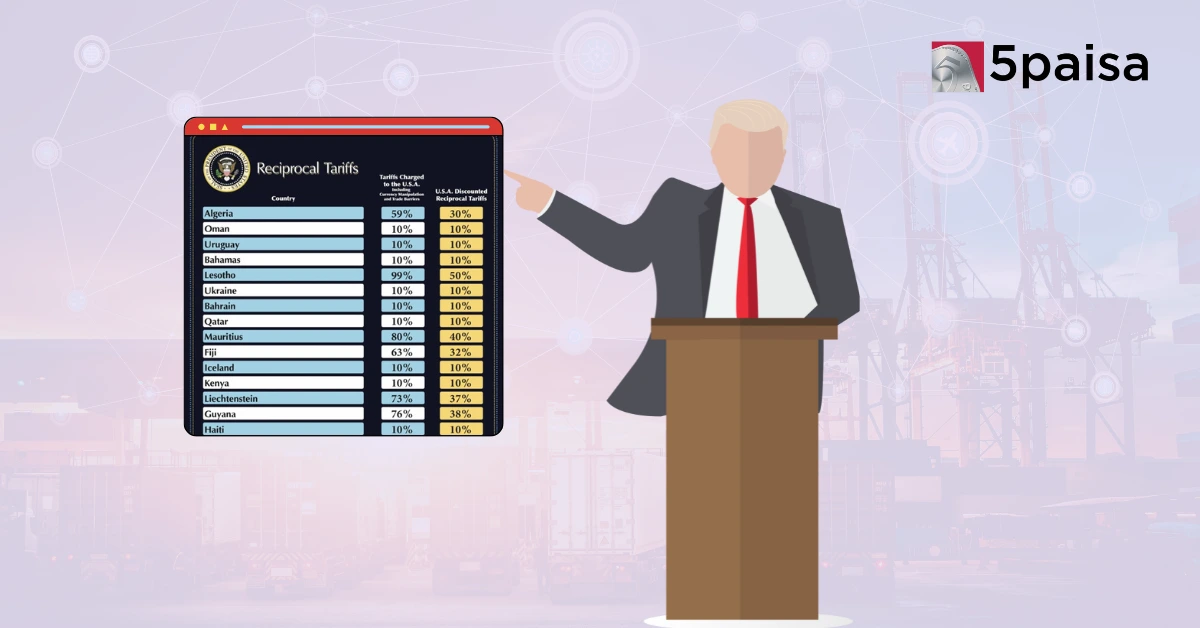Social Media Scams: SEBI Warns of Financial Scams on Social Media
Scam 1992 - Harshad Mehta Scam Story

The Harshad Mehta scam case study remains one of the most shocking financial frauds in India's history. The Harshad Mehta scam in detail reveals how loopholes in the banking and stock market systems were exploited, shaking the financial world in 1992. Even decades later, Mehta’s name sparks debate—some hail him as a financial genius, while others see him as the mastermind behind a massive securities fraud. Let’s dive into this intriguing case that reshaped India’s financial markets.
Overview of the Harshad Mehta Scam
The Harshad Mehta scam was about exploiting loopholes in India's banking system to funnel money into the stock market. Mehta and his associates found creative ways to tap into bank funds and use them to artificially inflate stock prices.
The scam unfolded between 1991 and 1992 when India's economy underwent major reforms. The government had just opened up the economy, and there was a lot of optimism in the air. The stock market was booming, with the Sensex climbing from around 1000 points to over 4500 points in just a year.
Mehta took advantage of the lax regulations and the excitement in the market. He used a web of bank receipts, ready-forward deals, and fake securities to access huge sums of money from banks. This money was pumped into select stocks, driving their prices to unrealistic levels.
The scale of the scam was massive. Estimates suggest that Mehta and his associates siphoned off around ₹4000 crore from the banking system (worth over ₹24,000 crore in today's money). The following stock market crash wiped out wealth worth ₹1 lakh crore.
But more than the money involved, the scam's real impact was in exposing the deep flaws in India's financial system. It led to major reforms in banking, stock markets, and financial regulations that continue to shape our markets today. "1992 scam news" was the most talked about scams at that time.
Background of Harshad Mehta
Harshad Mehta's story is often described as a rags-to-riches tale gone wrong. Born in a lower-middle-class Gujarati family, Mehta moved to Mumbai (then Bombay) in the 1970s to make his fortune.
He started his career doing odd jobs, including selling hosiery and cement. But Mehta had bigger ambitions. He was fascinated by the stock market and soon started working as a jobber (a kind of broker) at the Bombay Stock Exchange.
Mehta was a quick learner and had a knack for understanding market dynamics. By the 1980s, he had set up his own firm, GrowMore Research and Asset Management. His rise in the stock market was meteoric. Known for his aggressive trading strategies, Mehta soon earned the nickname "Big Bull" of Dalal Street.
What set Mehta apart was his ability to spot undervalued stocks and his persuasive skills in convincing others to invest. He became famous for his "replacement cost theory" - the idea that companies' stocks should be valued based on the cost of setting up a similar business from scratch.
Mehta's lifestyle reflected his success. He owned a fleet of luxury cars, lived in a plush 15,000 sq ft apartment in Mumbai's posh Worli area, and was often seen in designer suits. His lavish parties became the talk of the town.
But behind this glitzy facade, Mehta was playing a dangerous game. He used his connections in banks and financial institutions to access funds illegally and manipulate stock prices. This risky strategy would ultimately lead to his downfall.
Details of the Scam 1992
The Harshad Mehta scam in detail was very complex, involving multiple players and exploiting several loopholes in the banking and stock market systems. Here's a simplified breakdown of how it worked:
1. The Ready Forward Deal Loophole: Banks in India needed to maintain a certain percentage of their deposits in government securities. They often traded these securities among themselves through 'ready forward' deals - essentially, short-term lending arrangements. Mehta exploited this system by posing as a broker between banks.
2. Bank Receipts (BRs): Instead of moving securities, banks would issue BRs as proof of transaction. Mehta managed to get banks to issue BRs without actually holding the securities.
3. Diverting Funds: Mehta obtained funds from banks using these fake BRs. But instead of using the money for security transactions, he diverted it to buy stocks.
4. Pumping Stocks: Mehta used these funds to buy large quantities of select stocks, artificially inflating their prices. He would then use these overvalued stocks as collateral to borrow more money, creating a cycle.
5. The Bear Cartel: Mehta was also in a brawl with a group of bearish traders. He used the bank funds to keep buying stocks, forcing these traders to buy at higher prices to cover their positions, further driving up prices.
One famous example of Mehta's stock manipulation was ACC (Associated Cement Company). In just a few months, he drove ACC's stock price from around ₹200 to nearly ₹9000.
The scam started unravelling when the State Bank of India reported a shortfall in government securities. Investigations revealed that the bank had issued Mehta BRs but had not delivered the securities.
As news of the fraud spread, the stock market crashed. The Sensex fell from 4500 points to 2500 points in months, wiping out huge amounts of investor wealth.
Key Figures Involved in Scam 1992
While Harshad Mehta was the central figure, the scam involved several other key players:
1. Harshad Mehta: The mastermind of the scam, Mehta was a stockbroker who exploited loopholes in the banking system to funnel money into the stock market.
2. Sucheta Dalal: The journalist who first broke the scam story in The Times of India. Her investigative reporting played a crucial role in exposing the fraud.
3. A.D. Narottam: The then-governor of the Reserve Bank of India faced criticism for not detecting the irregularities earlier.
4. Bhupen Dalal: Another prominent stockbroker who was implicated in the scam.
5. Hiten Dalal: A stockbroker who worked closely with Mehta was also charged with the scam.
6. Various bank officials: Several bank employees, especially from public sector banks, were found to be complicit in issuing fake BRs and facilitating unauthorized transactions.
7. Politicians: While no major political figures were directly implicated, there were allegations of political involvement and cover-ups.
The involvement of many players across different institutions highlighted the systemic nature of the fraud and the need for comprehensive reforms.
Impact of Harshad Mehta Scam on the Indian Stock Market
The Harshad Mehta scam had a profound and lasting impact on the Indian stock market:
1. Immediate Crash: The most immediate impact was a severe stock market crash. The BSE Sensex, which had risen to 4467 points in April 1992, crashed to 2529 points by August - a fall of over 43%.
2. Loss of Investor Confidence: The scam severely shook investor confidence. Many retail investors who had entered the market during the bull run suffered heavy losses. This led to a general distrust of the stock market among small investors, a sentiment that took years to recover.
3. Regulatory Overhaul: The scam exposed major weaknesses in the regulatory framework. This led to establishing the Securities and Exchange Board of India (SEBI) as a statutory body in 1992 to regulate the securities market.
4. Banking Reforms: The scam highlighted the need for stricter banking regulations. The RBI introduced new rules for banks' government securities investments and tightened inter-bank transaction norms.
5. Modernization of Trading: The scam accelerated the move towards electronic trading and dematerialization of shares, making the market more transparent and efficient.
6. Corporate Governance: There was a renewed focus on corporate governance and transparency in company affairs.
7. Market Maturity: In the long run, the scam and subsequent reforms led to a more mature and robust stock market in India.
The Harshad Mehta scam, while devastating in the short term, ultimately led to a stronger, more regulated, and more transparent financial system in India.
Public and Media Reaction
The Harshad Mehta scam captured the public imagination like few financial scandals before or since. Here's how the public and media reacted:
1. Media Frenzy: The scam dominated newspaper headlines for months. Journalists like Sucheta Dalal became household names for exposing the fraud.
2. Public Shock: For many Indians, this was their first exposure to the complexities of the stock market. The scale of the fraud and the amounts involved shocked the public.
3. Mehta's Celebrity Status: Interestingly, Harshad Mehta became a celebrity. His rags-to-riches story and flamboyant lifestyle fascinated many. Some even saw him as a Robin Hood figure who had outsmarted the system.
4. Political Fallout: There were allegations of political involvement, leading to heated debates in Parliament and calls for investigations into politicians' roles.
5. Bank Customers' Panic: Bank customers were widely concerned about the safety of their deposits, leading to a crisis of confidence in the banking system.
6. Investor Anger: Many small investors who had lost money in the stock market crash were angry and demanded compensation.
7. Calls for Reform: Various quarters called for stricter regulations and reforms in the financial sector.
8. Pop Culture Impact: The scam has since been the subject of books, movies, and web series, indicating its lasting impact on public consciousness.
Conclusion
Scam 1992 in summary was a watershed moment in India's financial history. It exposed the vulnerabilities in our financial system and changed how the public perceived the stock market and financial institutions. The lessons learned from this scam continue to influence India's financial landscape even today.
Frequently Asked Questions
What was the 1992 Harshad Mehta scam?
How did Harshad Mehta carry out the scam?
What happened to the stock market because of the scam?
Are there any movies or shows about the Harshad Mehta scam?
- Flat ₹20 Brokerage
- Next-gen Trading
- Advance Charting
- Actionable Ideas
Trending on 5paisa
Indian Stock Market Related Articles
Disclaimer: Investment in securities market are subject to market risks, read all the related documents carefully before investing. For detailed disclaimer please Click here.

 5paisa Research Team
5paisa Research Team
 Sachin Gupta
Sachin Gupta




